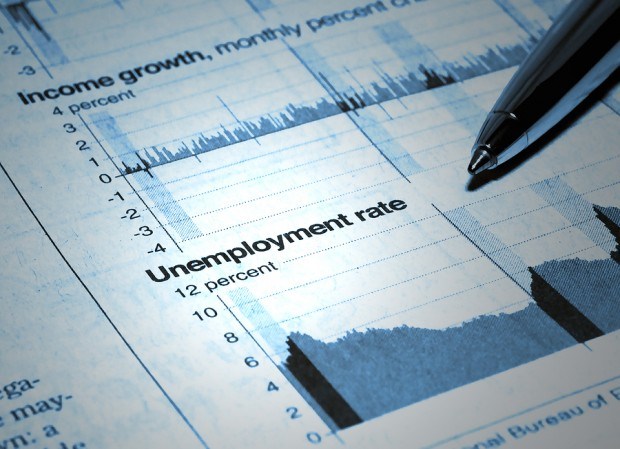U.S. job growth increased more than expected in June, which could draw the Federal Reserve closer to implementing a plan to start scaling back its massive monetary stimulus later this year.
Employers added 195,000 new jobs to their payrolls last month, the Labor Department said on Friday, while the unemployment rate held steady at 7.6 percent as more people entered the workforce.
The government revised payrolls for April and May to show 70,000 more jobs created than previously reported.
Economists polled by Reuters had expected employment to increase 165,000 last month and the jobless rate to fall a tenth of a percentage point to 7.5 percent.
The closely watched employment report was released two weeks after Fed Chairman Ben Bernanke offered an upbeat assessment of the economy’s outlook and said the U.S. central bank expected to start trimming its bond purchases later this year.
The employment report also showed weekly hourly earnings rose by the most since November. That, combined with other relatively upbeat data on housing, auto sales and manufacturing, makes it more likely the Fed will proceed with its tapering plan in September.
The Fed is purchasing $85 billion in bonds each month in an effort to keep borrowing costs down and spur stronger growth.
Twenty-eight of 60 economists polled by Reuters in late June said they expect the Fed to begin dialing back its purchases in September, with most expecting the program to end by June 2014.
The majority also forecast the Fed initially would cut purchases by $20 billion a month.
The recent signals from Bernanke that a start date for reducing bond purchases is approaching triggered a global selloff in stock and bond markets, which have come to rely on the Fed as a steady source of demand for financial assets.
Interest rates on everything from U.S. Treasury debt to home mortgage loans moved sharply higher, threatening to curtail credit for consumers and businesses.
Workforce Participation Rises
The central bank is closely watching the unemployment rate. It has said it expects the jobless rate to drop to around 7 percent by the middle of next year, when it anticipates ending the bond purchases.
The jobless rate was unchanged last month because the labor force swelled—a sign of confidence in the jobs market.
The third consecutive month of increase in the workforce lifted the participation rate— the share of working-age Americans who either have a job or are looking for one—further away from a 34-year low touched in March.
Declining participation as older Americans retire and younger people give up the hunt for work in frustration has accounted for much of the drop in the unemployment rate from a peak of 10 percent in October 2009.
The private sector accounted for all the job gains in June, with payrolls there increasing by 202,000 after rising 207,000 the prior month.
Government employment, in contrast, declined by 7,000 jobs after falling 12,000 in May. Economists, however, say the job losses are probably not due to the deep government spending cuts known as the sequester as most agencies are relying on furloughs.
Hiring in the health care and social assistance sector, increased 23,500 after slowing in May.
Consumer-related areas such as retail and wholesale trade showed further gains in employment in June, reflecting strengthening demand that was highlighted by a surge in automobile sales. Retail jobs increased 37,100 last month after advancing 26,900 in May.





















 What to Expect in 2026: U.S. P/C Results More Like 2024
What to Expect in 2026: U.S. P/C Results More Like 2024  Underwriter, Actuary Fears of AI Drop; Work Needed on Collaboration
Underwriter, Actuary Fears of AI Drop; Work Needed on Collaboration  How Insurers Can Avoid Post-Merger Technology Failure
How Insurers Can Avoid Post-Merger Technology Failure  Good Times for U.S. P/C Insurers May Not Last; Auto Challenges Ahead
Good Times for U.S. P/C Insurers May Not Last; Auto Challenges Ahead 
